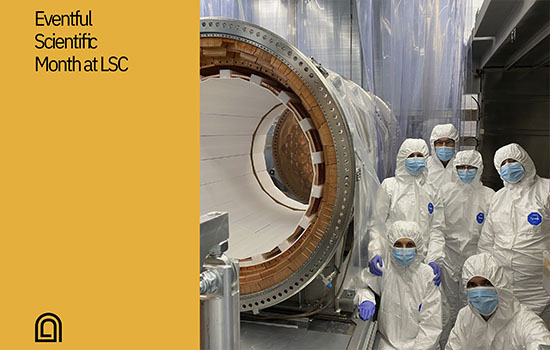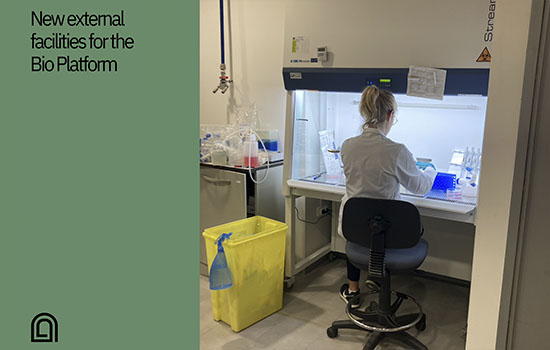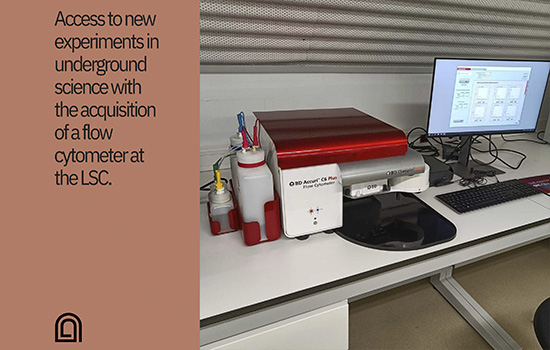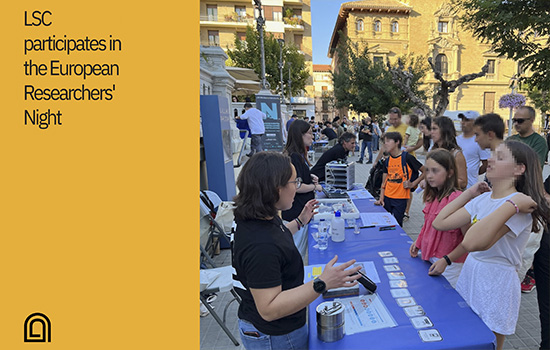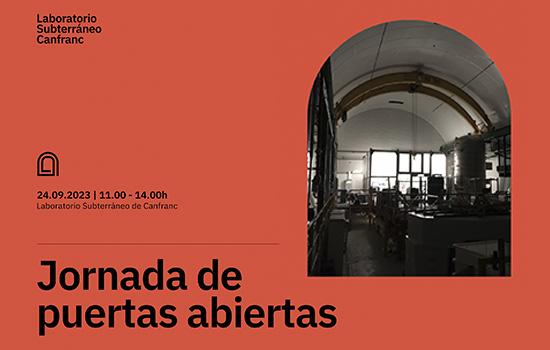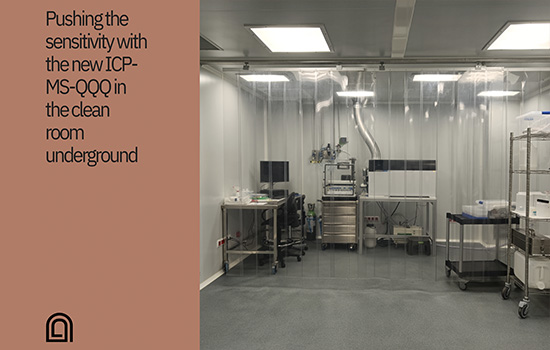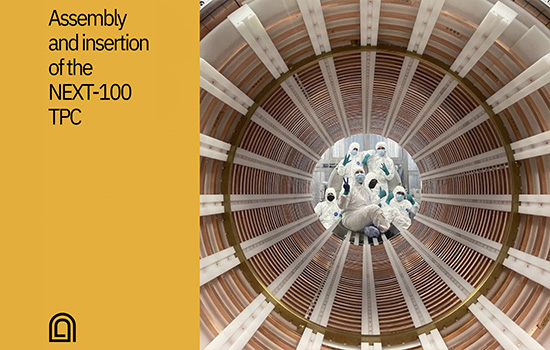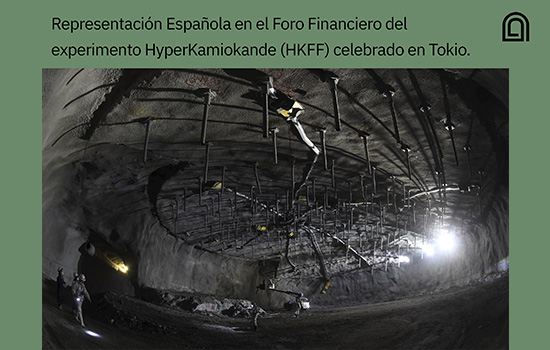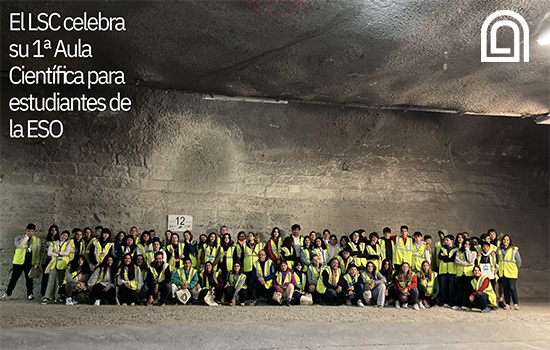Commissioning of the NEXT-100 detector
The assembly of the NEXT-100 detector was completed on 22 November. Over the next few months, it will work at low pressure to test and calibrate the instrumentation. The objective of the NEXT experiment is the detection of the neutrinoless double beta decay in xenon gas, and the NEXT-100 detector aims to further validate the technology with 100 kg of xenon gas and improve the background model for the future phases of the experiment.



